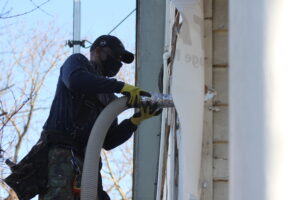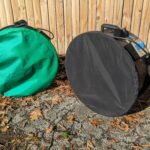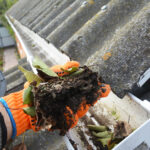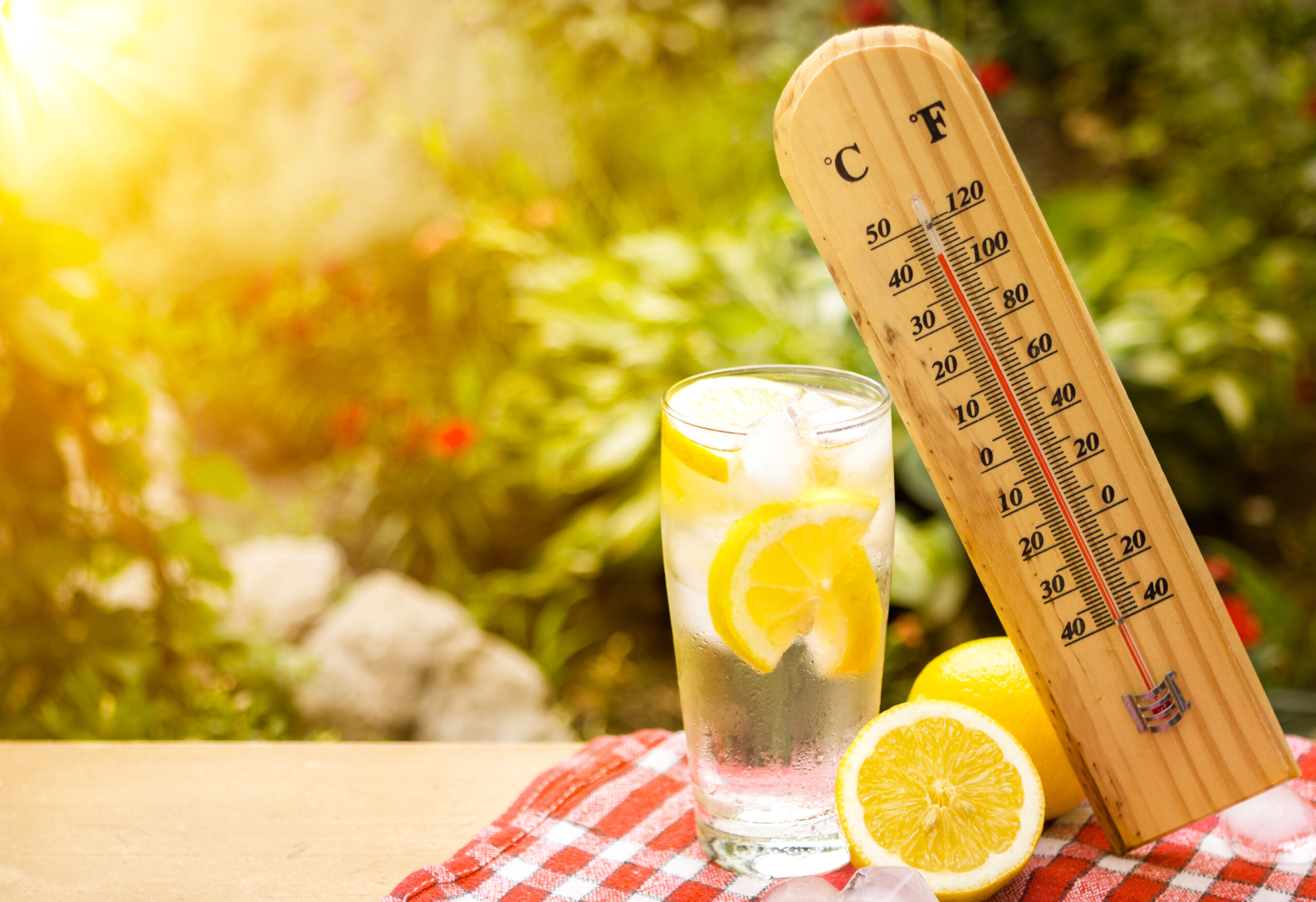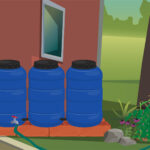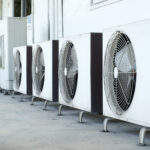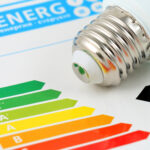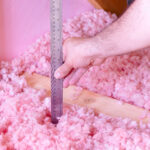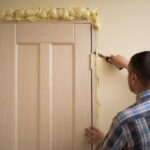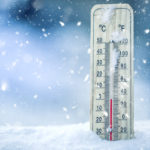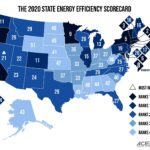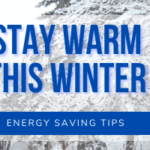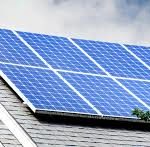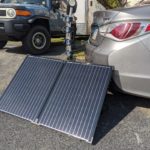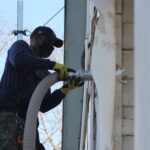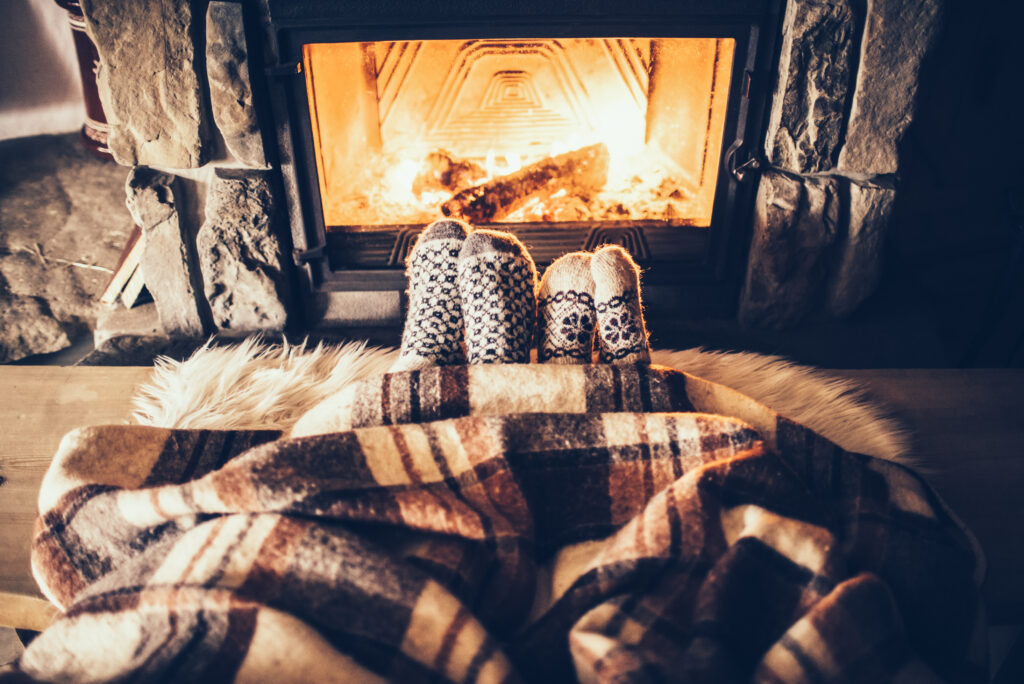
There’s no better way to ward off the winter chill than by getting cozy around the fireplace. However, that same haven of warmth could also be part of the problem. The culprit? Your chimney’s damper.
What is a chimney damper?
Chimney dampers are doors above the fireplace that help control airflow. They are designed to allow fire smoke and carbon monoxide to escape when open and keep outside air from getting in when closed, thereby keeping your house sealed and at the temperature you want it.
There are primarily two types of dampers: throat dampers and top-sealing dampers. Throat dampers are placed right above the fireplace and are closed by pushing the damper’s lever, whereas top-sealing dampers are found at the top of the chimney and are sealed by securing the chain to the side of the fireplace. Top-sealing dampers are preferred due to their easy open/close mechanism and can protect your chimney from pests and debris.
Be sure to check your damper is closed when not in use. Typically you can tell if your damper is open or closed by looking at it or feeling for a draft. Closed throat dampers can be checked visually. Top-sealing dampers are closed when the pull string is pulled taut and hooked into the wall.
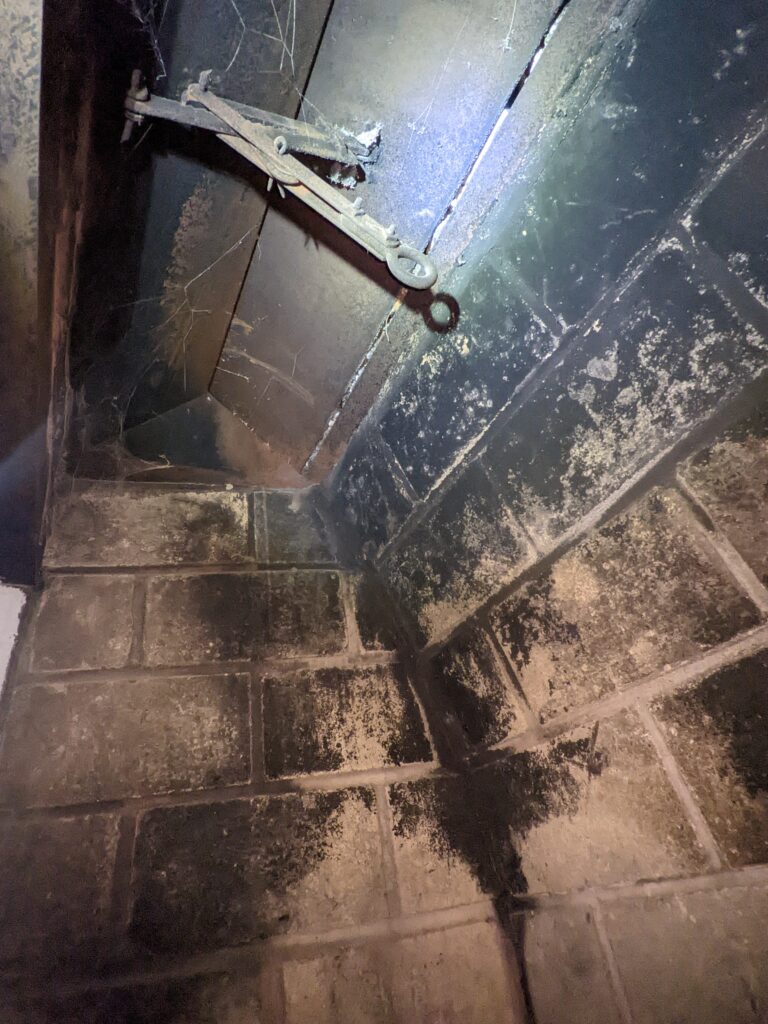

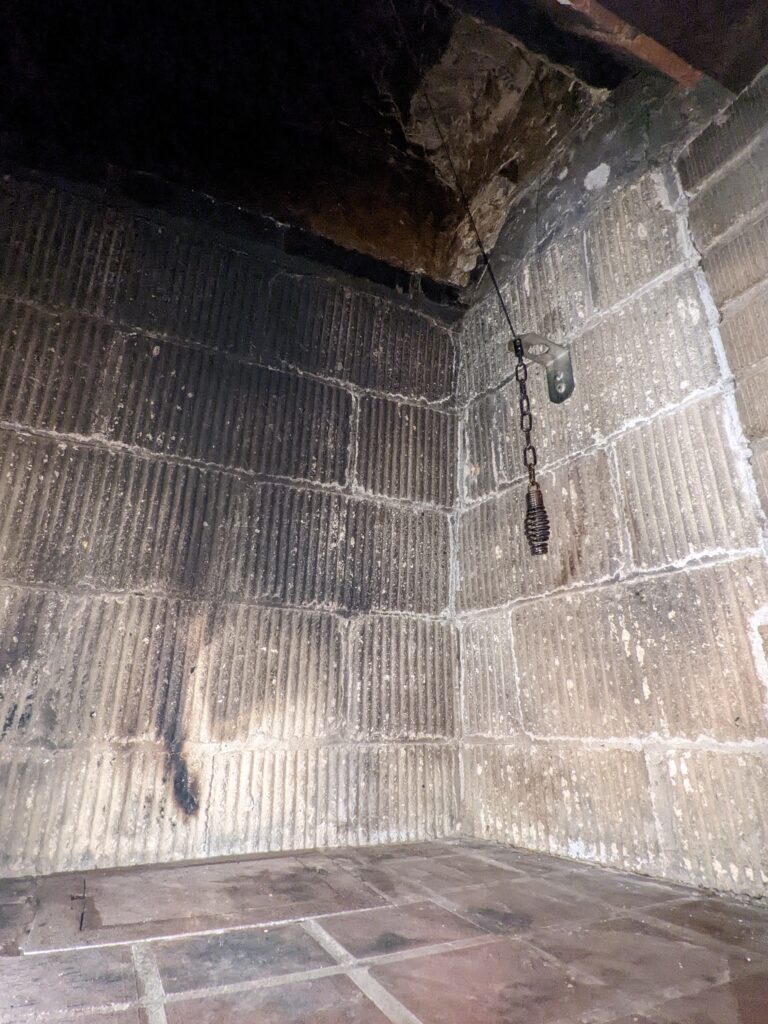

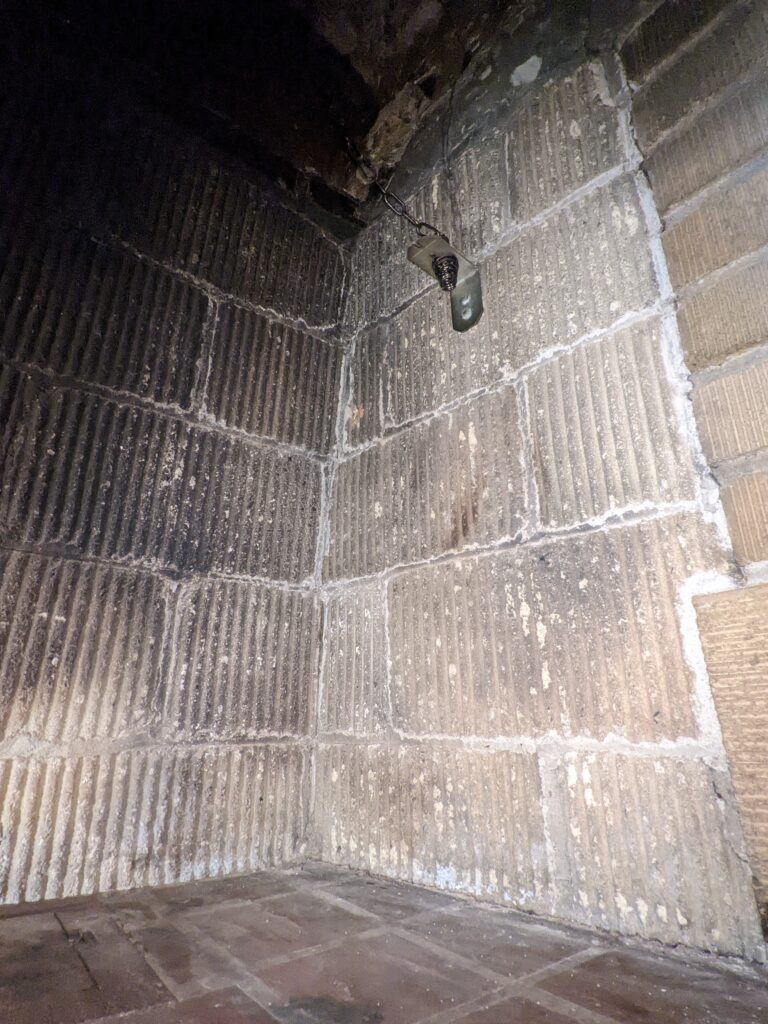

What about gas fireplaces?
Instead of relying on wood, gas fireplaces have a pilot light that is typically left on year round. There are three primary types of gas fireplaces: direct vent, ventless, and natural vent gas fireplaces. The first two don’t utilize the chimney in the same way as wood-burning fireplaces. Natural vent gas fireplaces, however, use the chimney to keep waste air moving out of the house. These are typically converted from wood-burning and therefore use the same chimney and damper. Any manual dampers from the original setup are required to be propped open so smoke isn’t forced back into the house. For safety reasons, we don’t recommend closing the dampers for natural vent gas fireplaces.
How do dampers affect energy efficiency?
Chimney dampers impact the airflow of your home- they can help ventilate and allow toxic gasses like carbon monoxide to escape. If you’re finding your bills unusually high, especially during the winter, it may be that you’re losing conditioned air through your fireplace chimney. Make sure to close your damper when your fireplace is not in use to save some energy and ensure a tighter seal on your home. If your damper is closed and you still feel a draft, it’s time to schedule an energy audit to further investigate your home’s potential for energy efficiency.
If you have a natural vent gas fireplace and are concerned about losing conditioned air, energy auditors are equipped to assess its impact and recommend energy-saving next steps.
How can we help?
At Energy Efficiency Experts we inspect the structural integrity of your home and look for possible cracks and holes in what we call the “conditioned envelope”, or the shell of your home which contains all your conditioned air. We check for leaky windows, drafty doors, and loose dampers to find where you may be losing air and look for ways to improve your home’s energy efficiency. If you live in the Washington DC/Maryland/Virginia (DMV) area and have concerns about possible drafts, schedule a house audit at https://energyefficiencyexperts.com/contact/ or call our office at 202-557-9200.
Curious about what other services we provide? Check out the full list of auditing services and see what our in-house crew can do for you!


